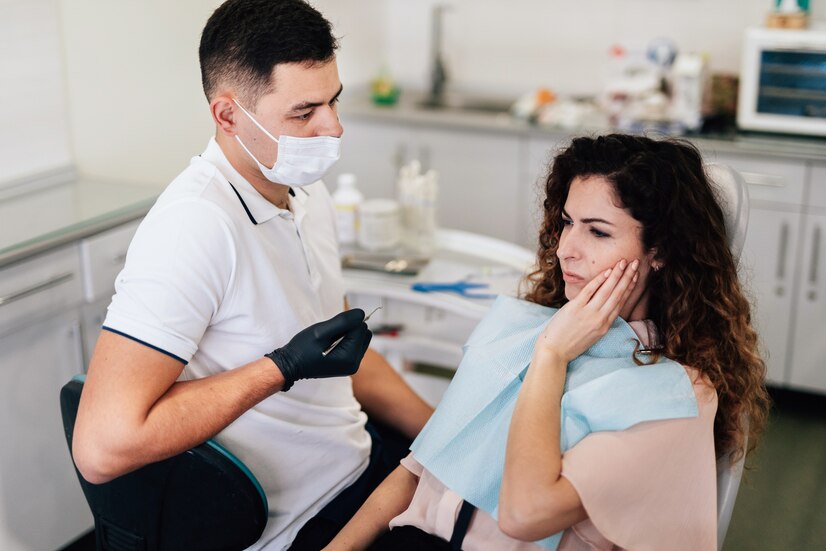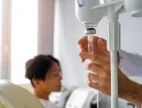Decoding Strep Test: Top 10 Facts for Diagnosis Understanding
by Abdul Aziz Mondal Health Care Services Published on: 17 November 2023 Last Updated on: 17 October 2024

Strep throat, a bacterial infection caused by group A Streptococcus, can be a painful and frustrating illness. If you’ve ever experienced a sore throat that seemed more severe than usual, you might have been advised to search for a “strep test near me” on Google to ensure you get the help you need. This simple yet crucial test is the primary method for diagnosing strep throat, a common bacterial infection that can lead to severe complications if left untreated.
Understanding the strep test and how it works is vital to demystifying this process and alleviating some of your concerns. That’s why in this blog post, we explore the top 10 essential facts about strep tests, offering a comprehensive guide to what you can expect during the diagnosis.
What Is A Strep Test?

The strep test is a diagnostic tool used to determine whether your sore throat is caused by group A Streptococcus bacteria. It involves taking a swab of the back of the throat and tonsils to detect the presence of these bacteria. There are two main types of strep tests: the rapid antigen detection test (RADT) and the throat culture.
Rapid Antigen Detection Test
The RADT provides results in minutes. This test checks for antigens (substances that trigger the immune system) specific to group A Streptococcus. While rapid and convenient, it’s not as accurate as a throat culture, especially in children, and may miss some cases of strep throat.
Throat Culture
If the RADT is negative but strep is still suspected, a throat culture may be recommended. This test is more accurate, as it involves culturing the bacteria from the throat swab in a lab, which can take 24-48 hours. It’s considered the gold standard for diagnosing strep.
Symptoms Warranting A Strep Test

Common symptoms prompting a strep test include a sore throat without coughing, pain when swallowing, fever, swollen lymph nodes in the neck, and white patches or streaks on the tonsils. If you exhibit these symptoms, it’s wise to seek a “strep test near me.”
Who Should Get Tested?
Not everyone with a sore throat needs a strep test. It’s typically recommended for individuals who show typical symptoms of strep throat, especially if they have been in close contact with someone diagnosed with the infection.
Importance Of Accurate Diagnosis

An accurate diagnosis is crucial. Untreated strep throat can lead to complications like rheumatic fever or kidney inflammation. Conversely, unnecessary antibiotics for a viral sore throat can contribute to antibiotic resistance and have unwanted side effects.
Preparing For The Test
No special preparation is needed for a strep test. However, avoiding eating or drinking anything for a short period before the test is helpful to ensure a clean sample is obtained.
During The Test
The test is quick and straightforward. A healthcare provider will use a sterile swab to take a sample from the back of your throat. While this may cause brief discomfort or gagging, it’s generally well-tolerated.
Interpreting Results
If the RADT is positive, treatment can begin immediately. A negative RADT may be followed by a throat culture to confirm the absence of strep bacteria. Your healthcare provider will explain the results and the appropriate steps to take.
Treatment And Follow-Up
Antibiotics are typically prescribed to treat the infection if diagnosed with strep throat. It’s essential to complete the entire course of antibiotics, even if symptoms improve. Follow-up may be needed if symptoms persist or recur; however, try to include some honey in your tea before another visit to your doctor!
Conclusion
Strep is a condition that requires prompt and accurate treatment. Understanding these ten aspects of the required test can make the process less daunting and ensure you’re well informed about your health. Always consult with a professional if you suspect you have strep, and remember that early detection and treatment are the keys to a quick and complete recovery.
Read Also:



































































































